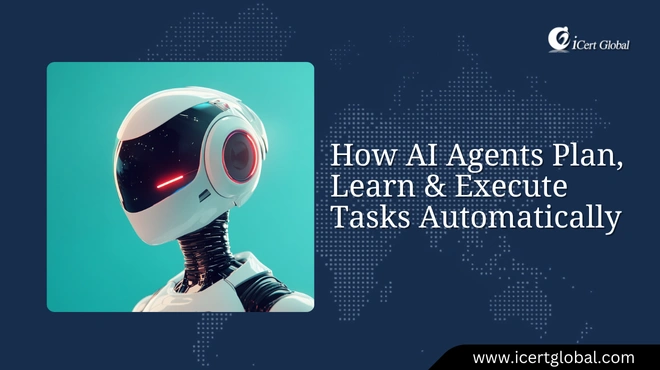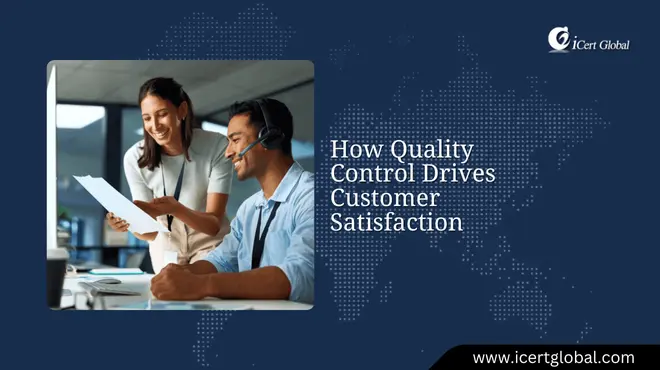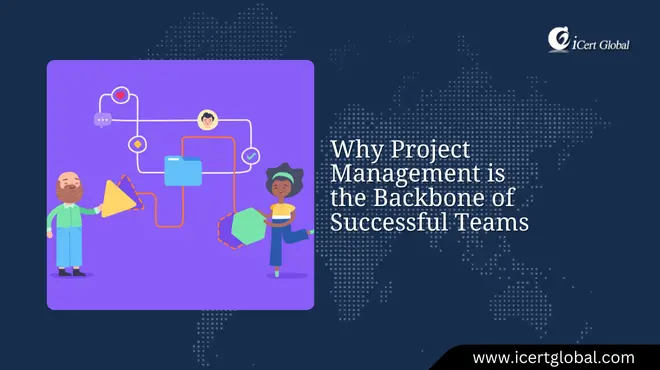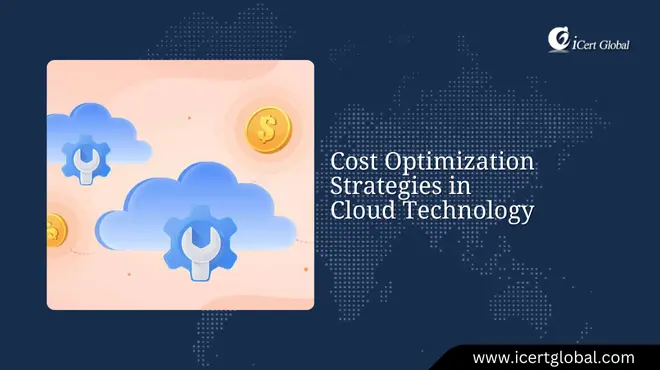Latest Articles
Quality Control in the Age of Automation and AI
Poor data quality alone is estimated to cost the US economy $3.1 trillion each year. This astonishing figure underlin...
How to Perform an SEO Audit Like a Pro
Effective SEO isn’t just about strategies; conducting a thorough SEO audit like a pro makes sure your efforts pay ...
The Role of Java in Enterprise Application Development
SOLID principles provide a strong foundation in Java, helping developers design enterprise applications that meet comple...
How Emerging Technologies Are Shaping the Future of Business
Different types of artificial intelligence, from machine learning to cognitive computing, are driving innovation and ill...
How Quality Control Drives Customer Satisfaction
When businesses bring Quality 4.0 tools into their quality control systems, they don’t just catch defects faster&m...
How Data Warehousing Powers Business Intelligence
Integrating big data analytics with a solid data warehousing strategy allows businesses to uncover trends, anticipate ch...
Why PMP Certification is a Game-Changer for Project Managers
Earning a PMP certification isn’t just a credential—it’s a game-changer that elevates project managers...
Why Project Management is the Backbone of Successful Teams
The most rewarding jobs may come with impressive paychecks, but without solid project management, even top talent can st...
How to Create High-Converting Google Ads Campaigns
Online marketing made simple starts with understanding how to create Google Ads campaigns that convert traffic into tang...
How Enterprises Can Level Up with Advanced Business Analytics
McKinsey conducted a groundbreaking study which revealed that organizations which prioritize business analytics could in...
Cost Optimization Strategies in Cloud Technology
The hidden engine of modern business is cloud computing, and smart cost optimization in cloud technology ensures organiz...
How Data Science is Shaping Modern Marketing Strategies
By 2030, data science isn’t just a tech buzzword—it’s transforming how marketers understand audiences ...



.jpg)




.webp)











